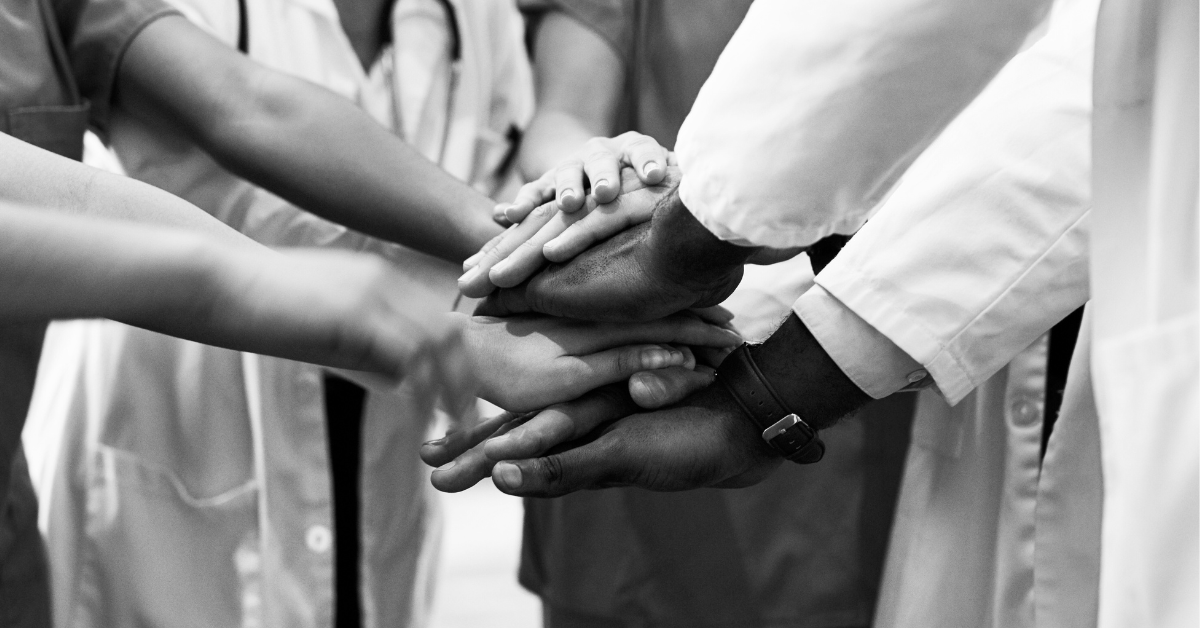
Nowadays, when most people think of healthcare innovation, they imagine gleaming new hospitals, billion-dollar acquisitions, or AI-powered platforms. But the most transformative advances in medicine often begin far from boardrooms and research labs. They’re born in the trenches, created by clinicians under pressure, facing limited resources and responding to urgent patient needs.
Throughout history, necessity has been the mother of invention, and clinicians have been its midwives.
Innovation Under Duress
Consider Ignaz Semmelweis in the 19th century, who recognized that handwashing dramatically reduced maternal deaths. His discovery wasn’t just a theory, but came from daily encounters with preventable tragedy. Or Michael DeBakey, the pioneering surgeon whose WWII-era improvisations with grafting techniques later shaped modern vascular surgery.
Even telemedicine, now a pillar of global healthcare, traces back to constraints. NASA developed remote medical monitoring for astronauts, while rural clinicians in America adapted similar tools to bridge geographic isolation. What began as stopgaps became scalable models of care that continue to shape delivery today.
These stories should remind us that when clinicians are pressed, their solutions ripple far beyond the original setting. Innovation does not emerge despite the trenches, it emerges because of them.
The Scripps Example: Doing More With Less
A far-reaching modern case study comes from Scripps Health in San Diego. For more than three decades, its Mercy Outreach Surgical Team has traveled to Mexico to provide life-changing operations for underserved patients, with over 14,000 surgeries performed by volunteer clinicians working with limited tools and no safety net.
In the aftermath of Hurricane Katrina, Scripps dispatched a team of roughly 70 clinicians and staff to Houston. Stripped of billing systems, EHRs, and bureaucratic hurdles, they delivered what CEO Chris Van Gorder described as “pure care”: medicine reduced to its essence, with clinicians improvising solutions to meet overwhelming need.
That culture of adaptability later made Scripps one of the first major health systems to adopt the GE Vscan, a pocket-sized ultrasound device originally designed for rural India and China. This was an instance of “reverse innovation,” a low-cost tool created for resource-constrained settings that ultimately reshaped diagnostic practice in U.S. hospitals.
The same resourcefulness that allowed Scripps clinicians to perform complex surgeries in rural Mexico and deliver “pure care” in post-Katrina chaos also made them ready to embrace a device born of scarcity.
Scripps’ story underscores that when necessity strips away excess, clinicians reimagine what is possible. And when organizations embrace that ingenuity, they create lasting change.
Prevention as the Highest Innovation
Innovation in medicine can often be equated with new treatments or devices. But clinicians also know the most powerful form of innovation is prevention.
Think about organ transplantation. Surgical advances are extraordinary, but the most impactful “innovation” is preventing the need for a transplant altogether through better health optimization, disease management, and earlier intervention. As the saying goes, an ounce of prevention is worth a pound of cure.
Clinicians are positioned to drive preventive innovation because they see the daily consequences of delay. They understand how small upstream actions avert catastrophic downstream costs. When empowered, they design care models that keep patients out of the ICU and OR, not just alive within them.
The Forcing Function of Crisis
Innovation is possible anywhere care is delivered. Today’s healthcare crisis demands that same spirit of frontline ingenuity across every setting.
Moments of disruption have always accelerated transformation in healthcare. When policy shifts, funding tightens, or systems reach their breaking point, innovation stops being optional. What we’re seeing now is a national forcing function: specialty shortages, payer pressures, and the relentless rise of chronic disease have converged to demand new models of care.
Clinicians across settings—rural, urban, public, and private—need to respond the same way they always have when the system is strained: by inventing better ways to serve patients. History shows that when resources are limited, creativity expands. Today’s challenges may be unprecedented, but so are the opportunities to innovate out of necessity.
The call of this moment is to lean into the ingenuity that frontline care has always demanded, rather than waiting for resources to arrive. Every setting, no matter how constrained, can become a proving ground for better ways forward if we champion the clinicians willing to lead the way.
Clinicians as Architects of the Future
The history of medicine provides strong evidence that prevention and adaptation are the most enduring innovations. From Semmelweis to Scripps, from wartime surgery to telehealth, clinicians on the frontlines have always driven the ideas that reshape our system.
But this work can’t be left to chance. We need infrastructure and focused leaders that empower clinicians to act on their ingenuity. We don’t want the innovation born at the bedside to be lost in the maze of bureaucracy.
Sure, the future of healthcare will be partially built in labs and startups. But it will also be built in exam rooms, ICUs, and community clinics by clinicians who see problems every day and refuse to accept them as inevitable. Our job as leaders is to listen, equip, and scale their ideas.
In this moment of systemic crisis, let’s remember: the greatest innovations are not always new technologies. Sometimes, they are new ways of preventing harm, of extending access, of stripping medicine back to its essence.